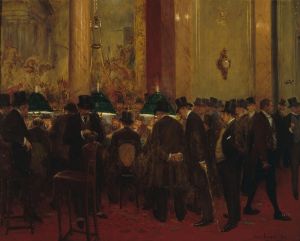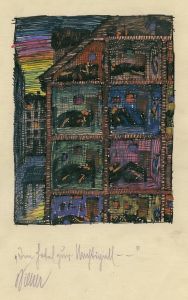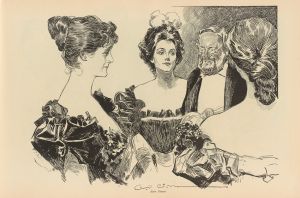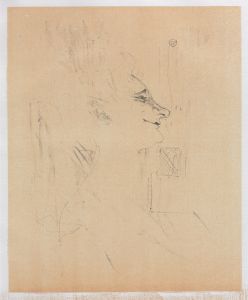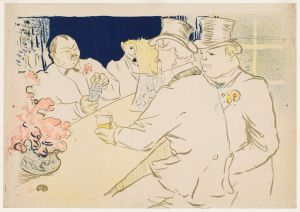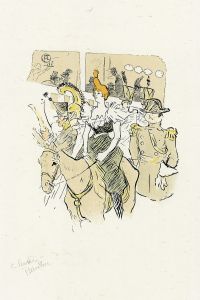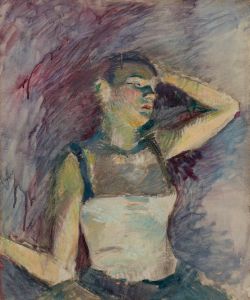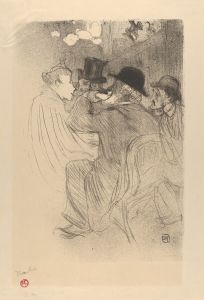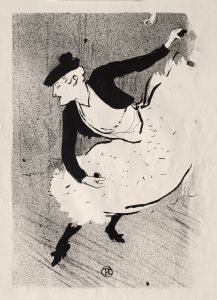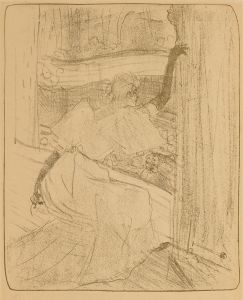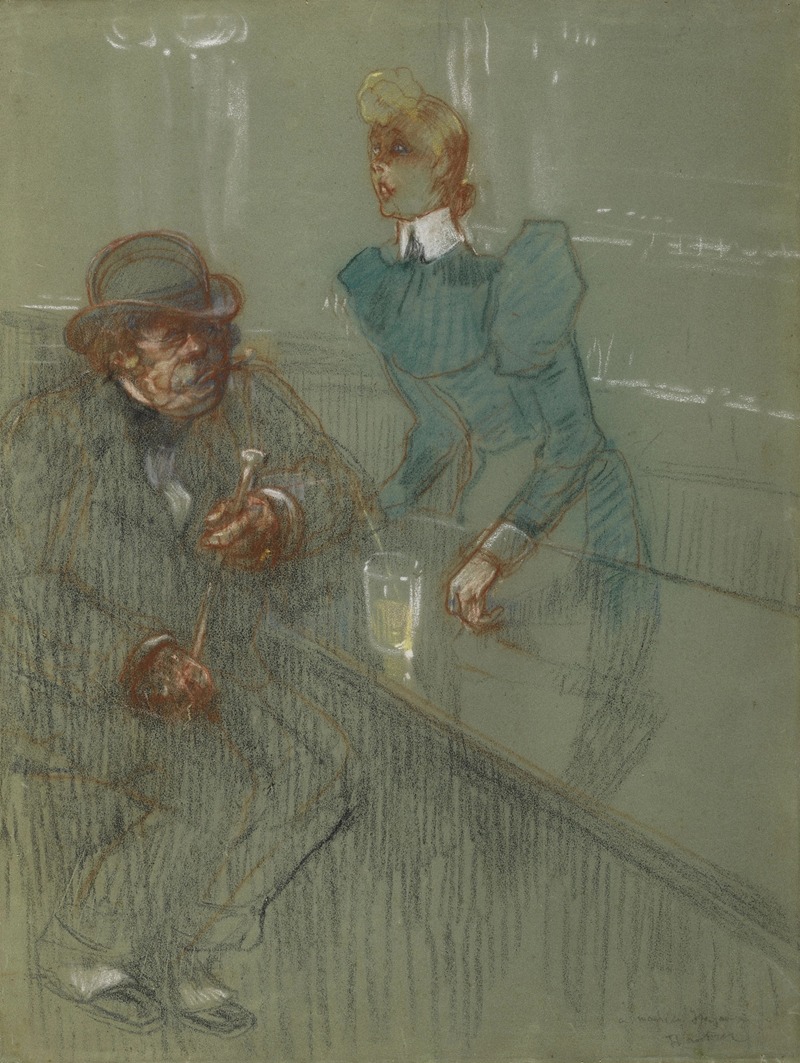
Bar-maid
A hand-painted replica of Henri de Toulouse-Lautrec’s masterpiece Bar-maid, meticulously crafted by professional artists to capture the true essence of the original. Each piece is created with museum-quality canvas and rare mineral pigments, carefully painted by experienced artists with delicate brushstrokes and rich, layered colors to perfectly recreate the texture of the original artwork. Unlike machine-printed reproductions, this hand-painted version brings the painting to life, infused with the artist’s emotions and skill in every stroke. Whether for personal collection or home decoration, it instantly elevates the artistic atmosphere of any space.
Henri de Toulouse-Lautrec, a prominent French painter, printmaker, and illustrator, is renowned for his depictions of Parisian nightlife in the late 19th century. Among his many works, "Bar-maid" is a piece that reflects his keen observation of the social dynamics and vibrant atmosphere of the time. However, specific information about a painting titled "Bar-maid" by Toulouse-Lautrec is not readily available in historical records or major art collections. It is possible that the title might be a reference to a lesser-known work or a misattribution.
Toulouse-Lautrec's oeuvre is characterized by his focus on the bohemian lifestyle of Montmartre, a district in Paris known for its cabarets, cafes, and dance halls. He often captured the essence of these venues and their patrons, including performers, dancers, and the working class, with a distinctive style that combined elements of Impressionism and Art Nouveau. His works are celebrated for their dynamic compositions, bold use of color, and expressive line work.
One of his most famous paintings, "At the Moulin Rouge," exemplifies his ability to portray the lively and sometimes decadent world of Parisian entertainment. In this painting, as in many others, Toulouse-Lautrec includes figures from various social strata, highlighting the interactions between different classes and the unique characters that populated these spaces.
Toulouse-Lautrec's interest in depicting barmaids and similar subjects can be seen in several of his works. Barmaids, often central figures in the nightlife scene, were depicted with a sense of realism and empathy, capturing their roles as both servers and social participants. His attention to detail and ability to convey the personality and mood of his subjects made his portrayals particularly compelling.
Despite his aristocratic background, Toulouse-Lautrec was deeply immersed in the bohemian culture he depicted. His personal experiences and relationships with the people of Montmartre informed his art, providing an authentic glimpse into the world he portrayed. His works remain significant not only for their artistic merit but also for their historical value, offering insights into the social and cultural fabric of late 19th-century Paris.
If "Bar-maid" is indeed a specific work by Toulouse-Lautrec, it would likely share these thematic and stylistic characteristics. However, without concrete information or documentation, it is challenging to provide a detailed analysis or description of this particular piece. For those interested in Toulouse-Lautrec's art, exploring his well-documented works and their contexts can offer a deeper understanding of his contributions to the art world and his enduring legacy.





